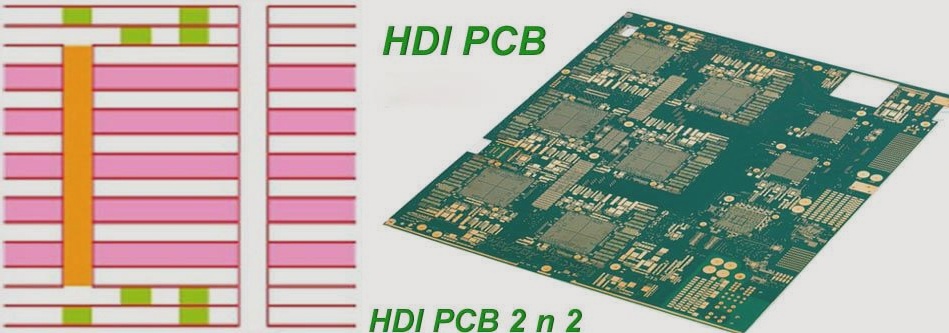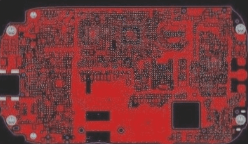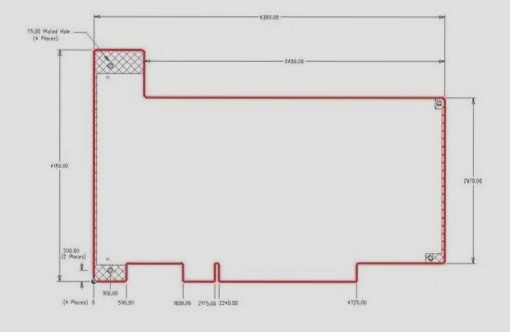Benefits of 12-Layer Rigid-Flex PCBs
- Enhanced Reliability: Combining hardware and software results in stable and dependable performance.
- Increased Integration: Higher layer count allows for more components in a smaller space.
- Flexible Design Options: Flexible PCBs conform to complex layouts effectively.
- Space Efficiency: Consolidating functions saves space and reduces device size.
- Improved Performance: Superior electrical and mechanical characteristics meet stringent requirements.
- Reduced EMI: Minimized electromagnetic interference ensures cleaner signals.
Additional Advantages:
- Better Heat Dissipation: Integrated software and hardware disperse heat effectively.
- Higher Anti-Interference Ability: Improved shielding enhances resistance to interference.
- Longer Lifespan: Mechanical and electrical enhancements extend the board’s life.
- Faster Transmission Speed: Improved signal transmission enables faster data speeds.
Key Considerations:
- Material Selection and Design: Use high-quality materials and meticulous design for optimal performance.
- Quality Control: Rigorous testing ensures connectivity and electrical performance.
- High-Density Wiring: Advanced CAD software is essential for reliable signal transmission.
- Interlayer Insulation: Prevent electrical interference with proper insulation.
Challenges and Solutions:
- Assembly and Testing: Intricate processes require advanced equipment for high-quality products.
- Thermal Management: Denser components necessitate effective heat dissipation techniques.
- High-Speed Signal Transmission: Advanced technologies ensure stable and reliable signals.
- Electromagnetic Compatibility: Shielding and grounding techniques mitigate interference for reliable operation.
In conclusion, 12-layer rigid-flex PCBs offer advanced technology with superior electrical and mechanical properties, making them ideal for high-performance electronic devices requiring reliability, integration, and flexibility.



